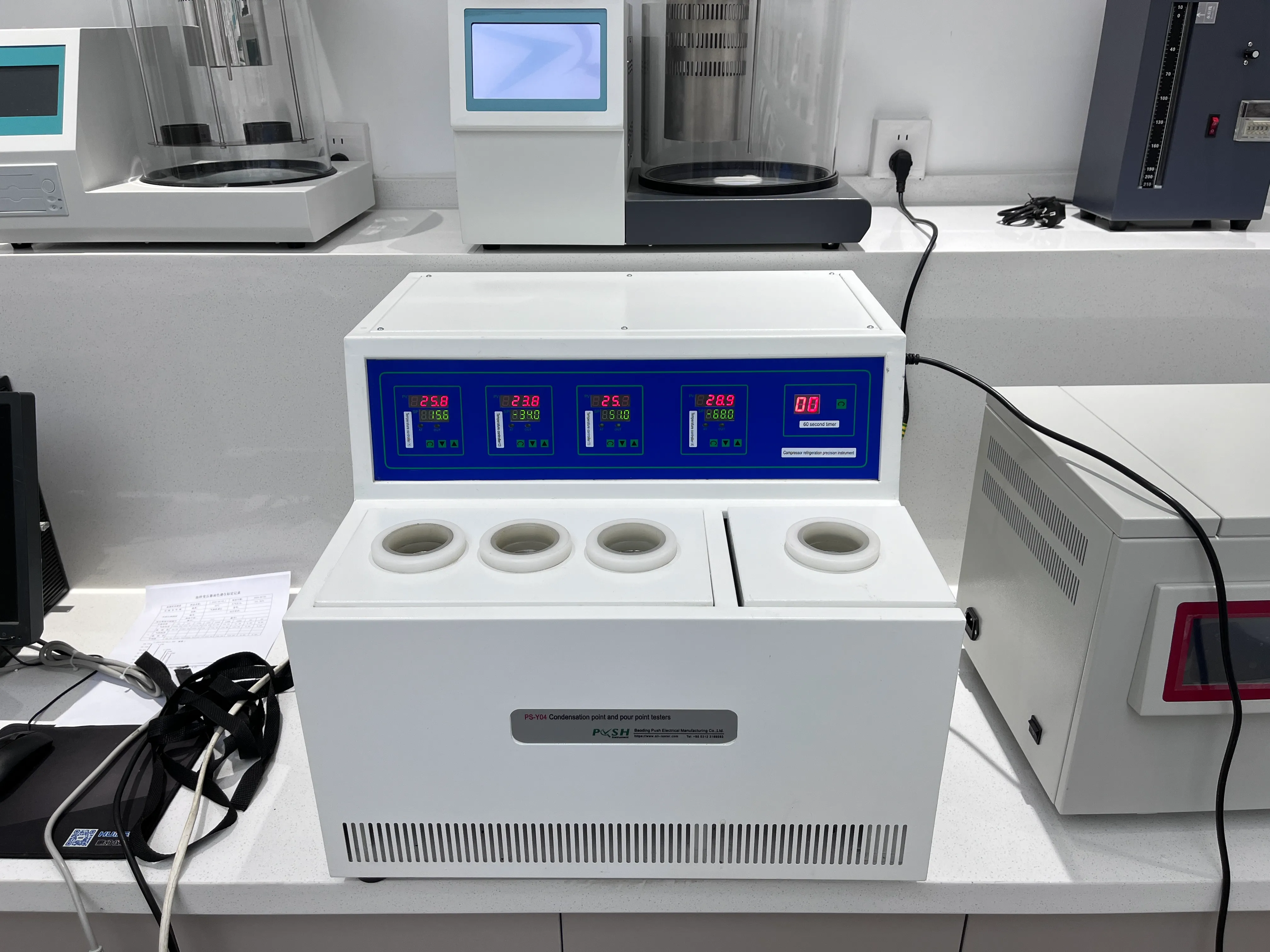 English
English



-
 Afrikaans
Afrikaans -
 Albanian
Albanian -
 Amharic
Amharic -
 Arabic
Arabic -
 Armenian
Armenian -
 Azerbaijani
Azerbaijani -
 Basque
Basque -
 Belarusian
Belarusian -
 Bengali
Bengali -
 Bosnian
Bosnian -
 Bulgarian
Bulgarian -
 Catalan
Catalan -
 Cebuano
Cebuano -
 China
China -
 China (Taiwan)
China (Taiwan) -
 Corsican
Corsican -
 Croatian
Croatian -
 Czech
Czech -
 Danish
Danish -
 Dutch
Dutch -
 English
English -
 Esperanto
Esperanto -
 Estonian
Estonian -
 Finnish
Finnish -
 French
French -
 Frisian
Frisian -
 Galician
Galician -
 Georgian
Georgian -
 German
German -
 Greek
Greek -
 Gujarati
Gujarati -
 Haitian Creole
Haitian Creole -
 hausa
hausa -
 hawaiian
hawaiian -
 Hebrew
Hebrew -
 Hindi
Hindi -
 Miao
Miao -
 Hungarian
Hungarian -
 Icelandic
Icelandic -
 igbo
igbo -
 Indonesian
Indonesian -
 irish
irish -
 Italian
Italian -
 Japanese
Japanese -
 Javanese
Javanese -
 Kannada
Kannada -
 kazakh
kazakh -
 Khmer
Khmer -
 Rwandese
Rwandese -
 Korean
Korean -
 Kurdish
Kurdish -
 Kyrgyz
Kyrgyz -
 Lao
Lao -
 Latin
Latin -
 Latvian
Latvian -
 Lithuanian
Lithuanian -
 Luxembourgish
Luxembourgish -
 Macedonian
Macedonian -
 Malgashi
Malgashi -
 Malay
Malay -
 Malayalam
Malayalam -
 Maltese
Maltese -
 Maori
Maori -
 Marathi
Marathi -
 Mongolian
Mongolian -
 Myanmar
Myanmar -
 Nepali
Nepali -
 Norwegian
Norwegian -
 Norwegian
Norwegian -
 Occitan
Occitan -
 Pashto
Pashto -
 Persian
Persian -
 Polish
Polish -
 Portuguese
Portuguese -
 Punjabi
Punjabi -
 Romanian
Romanian -
 Russian
Russian -
 Samoan
Samoan -
 Scottish Gaelic
Scottish Gaelic -
 Serbian
Serbian -
 Sesotho
Sesotho -
 Shona
Shona -
 Sindhi
Sindhi -
 Sinhala
Sinhala -
 Slovak
Slovak -
 Slovenian
Slovenian -
 Somali
Somali -
 Spanish
Spanish -
 Sundanese
Sundanese -
 Swahili
Swahili -
 Swedish
Swedish -
 Tagalog
Tagalog -
 Tajik
Tajik -
 Tamil
Tamil -
 Tatar
Tatar -
 Telugu
Telugu -
 Thai
Thai -
 Turkish
Turkish -
 Turkmen
Turkmen -
 Ukrainian
Ukrainian -
 Urdu
Urdu -
 Uighur
Uighur -
 Uzbek
Uzbek -
 Vietnamese
Vietnamese -
 Welsh
Welsh -
 Bantu
Bantu -
 Yiddish
Yiddish -
 Yoruba
Yoruba -
 Zulu
Zulu
multimeter transformer test
Understanding Multimeter Transformer Tests
Multimeters are versatile tools widely used in electrical diagnostics to measure voltage, current, and resistance. One of the essential applications of multimeters is in testing transformers. These devices are crucial in power distribution, stepping up or stepping down voltage levels as required. In this article, we will explore the significance of transformer testing with a multimeter, the procedure, and safety precautions to consider.
Why Test Transformers?
Transformers are crucial components in electrical circuits, and their reliability is paramount. Regular testing helps in identifying potential issues that could lead to malfunction or failure. Common reasons for testing transformers include
1. Preventive Maintenance Routine testing helps in identifying wear and tear before they become significant problems, thus preventing unexpected downtimes. 2. Performance Verification Ensuring that the transformer operates within its specified parameters guarantees efficient operation and energy savings.
3. Safety Assurance Transformers, if left untested, may pose electrical hazards like short circuits or overheating. Regular testing helps in maintaining safety standards.
4. Compliance Many industries have regulatory requirements that mandate routine testing of transformers to ensure safe and efficient operation.
Tools Needed for Transformer Testing
While a multimeter is a primary tool, additional equipment may include
- Clamp Meter For measuring current without interrupting the circuit. - Insulation Resistance Tester Specifically for checking the insulation integrity of transformer windings. - Phase Sequence Meter To verify the correct phase sequence in three-phase transformers.
Testing Procedure
Testing a transformer with a multimeter involves several steps
multimeter transformer test

1. Safety First Before beginning any test, ensure that all safety precautions are followed. Disconnect power and allow the transformer to discharge fully. Wear appropriate personal protective equipment (PPE).
2. Visual Inspection Check for any obvious signs of damage, such as physical deformities, burnt components, or leaks.
3. Resistance Measurement Set the multimeter to the resistance (ohm) setting. Measure the winding resistance by connecting the leads to the primary and secondary terminals. This checks for any short circuits or open circuits.
4. Insulation Resistance Testing Use an insulation resistance tester to measure the insulation resistance between the winding and the core. A value above 1 MΩ is generally acceptable, but specific requirements may vary based on the transformer’s application.
5. Voltage Measurement With the transformer connected to a power source, carefully measure the input voltage using the multimeter. Then measure the output voltage. The transformation ratio can be calculated by comparing these two values.
6. Current Measurement If the transformer is under load, use a clamp meter to measure the current flowing through the primary and secondary windings. This can help in assessing the transformer's efficiency.
7. Phase Testing For three-phase transformers, check the phase sequence. Incorrect phase sequences can lead to improper functioning and potential damage.
Safety Considerations
Testing transformers can be dangerous due to high voltages. Adhere to the following safety procedures
- Always wear appropriate PPE, including gloves and goggles. - Ensure that the testing area is dry and clear of any hazards. - Double-check connections and settings on the multimeter before conducting tests. - Never work on energized equipment unless you have the proper training and authorization.
Conclusion
Transformer testing with a multimeter is an essential practice for maintaining the health and safety of electrical systems. Regular testing enables technicians to identify issues early, ensuring reliable performance and compliance with safety regulations. By following proper procedures and practicing safety measures, professionals can effectively use multimeters to test transformers, ultimately enhancing operational efficiency and prolonging the life of these critical devices.
-
Transformer Test Essentials: Insulating Oil Tester and TypesNewsMay.30,2025
-
Grease Testers and Oil Determination OverviewNewsMay.30,2025
-
Exploring Electricity Usage Testers and GeneratorsNewsMay.30,2025
-
Essential Guide to Transformer Oil Testing ToolsNewsMay.30,2025
-
Ensuring Safety with a Circuit Breaker FinderNewsMay.30,2025
-
Electrical Safety Tools Hipot, Dielectric, VLF TestersNewsMay.30,2025



